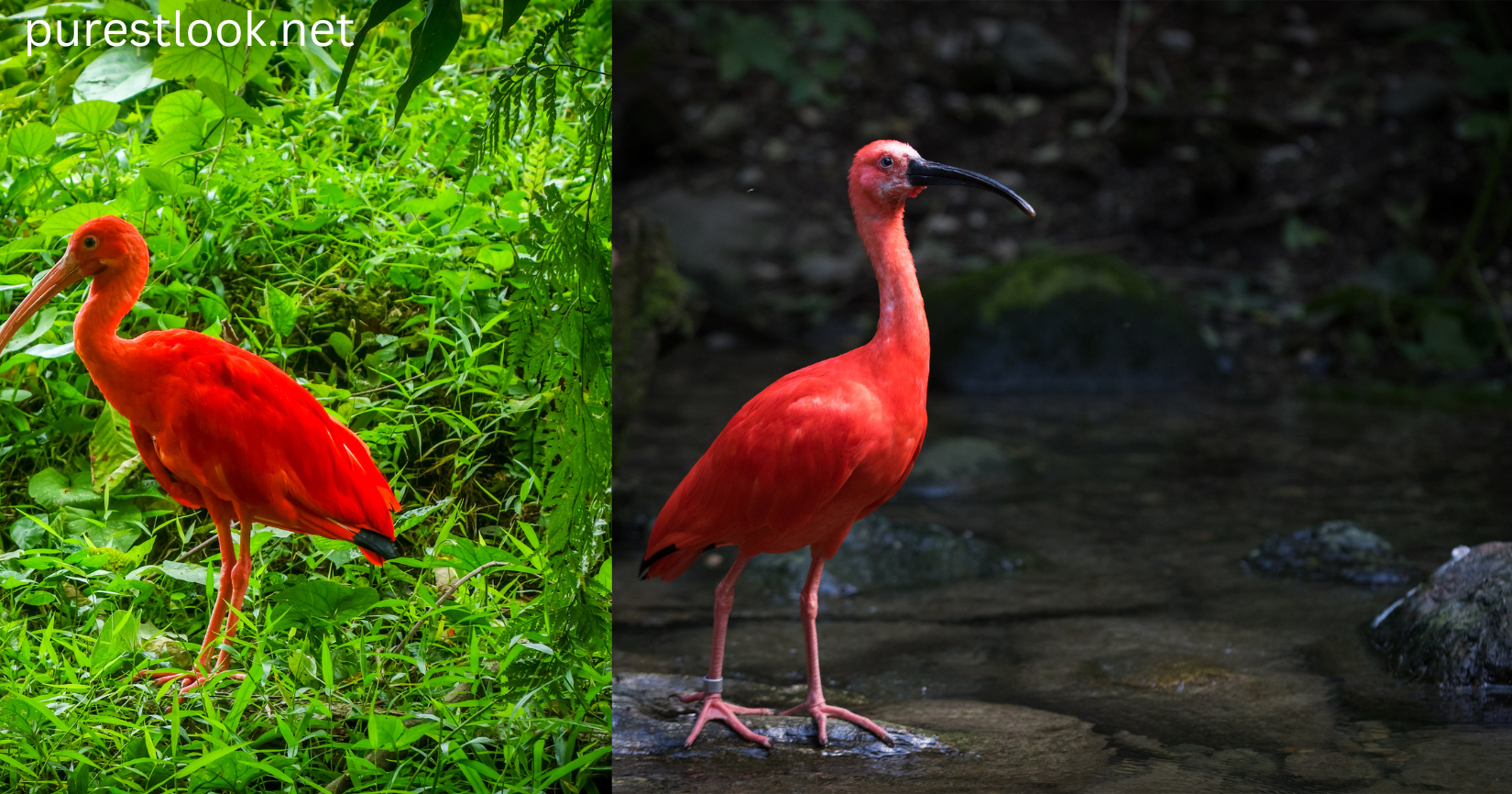In James Hurst’s The Scarlet Ibis, the relationship between Doodle and his big brother drives the narrative. Big Brother, whose real name is never revealed, plays a complex role in the story. This article explores his physical appearance, personality traits, motivations, and the impact of his actions on the storyline. Understanding Big Brother’s character is essential to fully grasp the emotional depth and moral lessons of the story.
Who Is Big Brother in The Scarlet Ibis?
Big Brother is the narrator of the story and is Doodle’s older sibling. He looks back on his childhood relationship with Doodle with a mix of pride, guilt, and regret.
Physical Appearance of Big Brother
James Hurst does not provide explicit details about Big Brother’s physical appearance. However, his actions and demeanor suggest a typical older brother’s physique: active, strong, and capable. This contrasts with Doodle’s frailty, emphasizing the imbalance in their relationship.
Personality Traits of Big Brother
Big Brother exhibits a range of traits that evolve throughout the story.
- Protective Nature: He feels responsible for Doodle’s well-being, teaching him to walk despite Doodle’s health challenges.
- Prideful Attitude: His motivation often stems from his own pride, wanting a brother who can keep up with him.
- Complex Guilt: By the end of the story, Big Brother grapples with guilt for pushing Doodle too hard, leading to tragic consequences.
How Does Big Brother Influence the Story?
Big Brother’s actions directly shape the narrative of The Scarlet Ibis. His decision to teach Doodle how to walk, despite their parents’ doubts, introduces themes of determination and sibling bonds. However, his impatience and pride also foreshadow the story’s tragic ending.
Table: Comparison of Big Brother and Doodle
| Trait | Big Brother | Doodle |
|---|---|---|
| Physical Strength | Strong and active | Weak and frail |
| Personality | Protective but prideful | Gentle and determined |
| Emotional Impact | Feels guilt and regret | Inspires admiration |
What Motivates Big Brother’s Actions?
Big Brother’s motivations are complex. Initially, his actions are driven by a desire to avoid embarrassment over having a disabled sibling. However, as the story progresses, his bond with Doodle deepens, and his motivations shift toward genuine concern and love.
Lessons Learned from Big Brother’s Character
Big Brother’s journey is a poignant reminder of the importance of empathy and understanding. His experiences teach readers the value of unconditional love and the dangers of letting pride override compassion.
Conclusion
Big Brother in The Scarlet Ibis is a character of complexity, embodying both strengths and flaws. His pride and determination drive much of the story, leading to both uplifting moments and heartbreaking outcomes. Through his relationship with Doodle, readers are reminded of the delicate balance between love and pride, and the impact of our actions on those we care about. Understanding Big Brother’s role deepens our appreciation for James Hurst’s timeless tale and its emotional resonance.
FAQs
What role does Big Brother play in The Scarlet Ibis?
Big Brother is the narrator and Doodle’s sibling. His actions drive the plot, teaching Doodle how to walk and ultimately grappling with the consequences of his prideful behavior.
Does Big Brother change throughout the story?
Yes, Big Brother undergoes significant emotional growth. He starts as a prideful and impatient sibling but ends the story with a deep sense of guilt and regret.
How does Big Brother feel about Doodle?
Big Brother has a mix of feelings toward Doodle, including love, frustration, and guilt. His feelings evolve as he realizes the consequences of his actions.
What lessons does Big Brother’s story teach?
Big Brother’s story highlights the importance of compassion, empathy, and the dangers of letting pride influence relationships.
Is Big Brother a sympathetic character?
While his actions have tragic consequences, Big Brother is a deeply human character. His flaws and regrets make him relatable and sympathetic.
